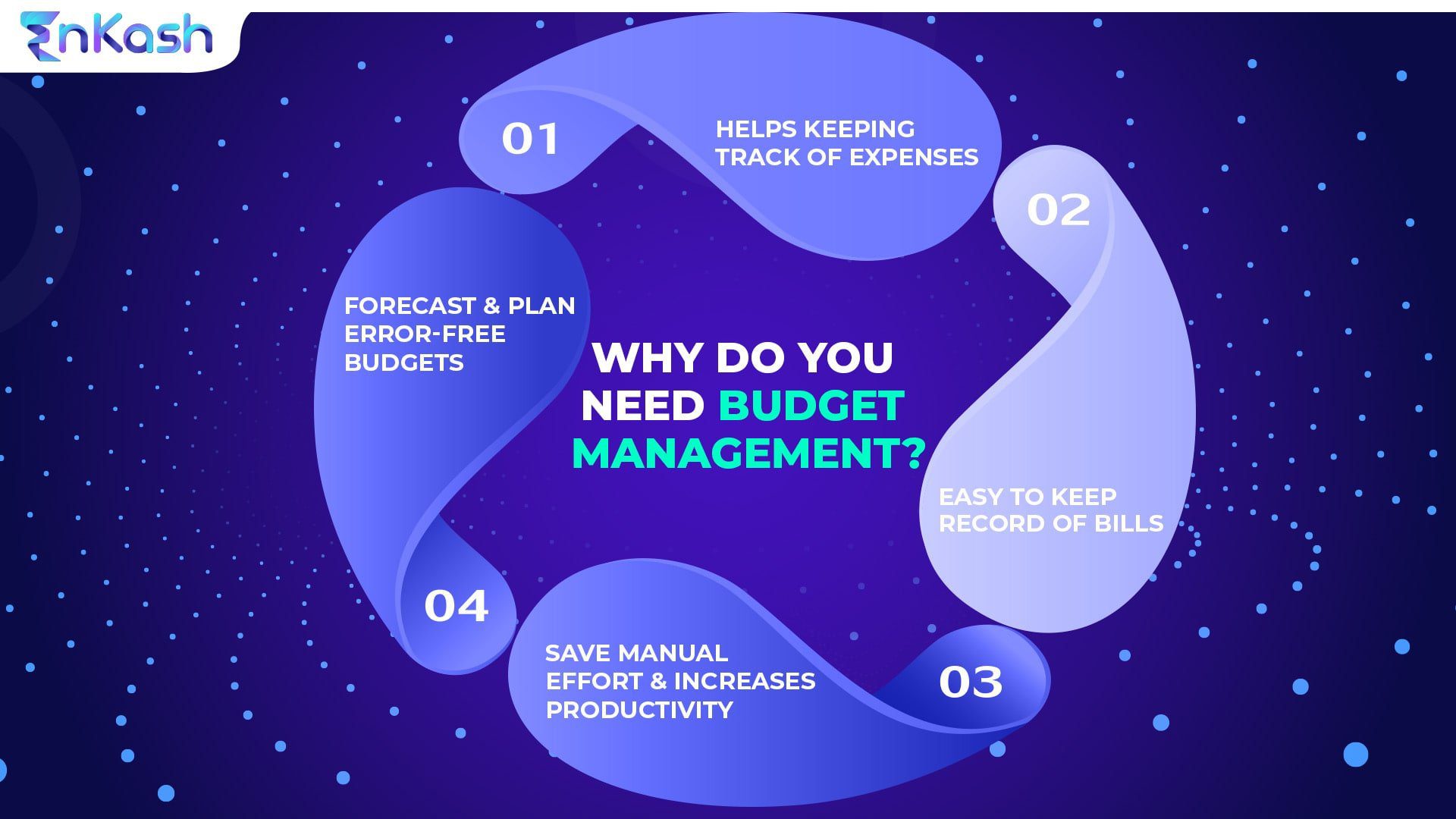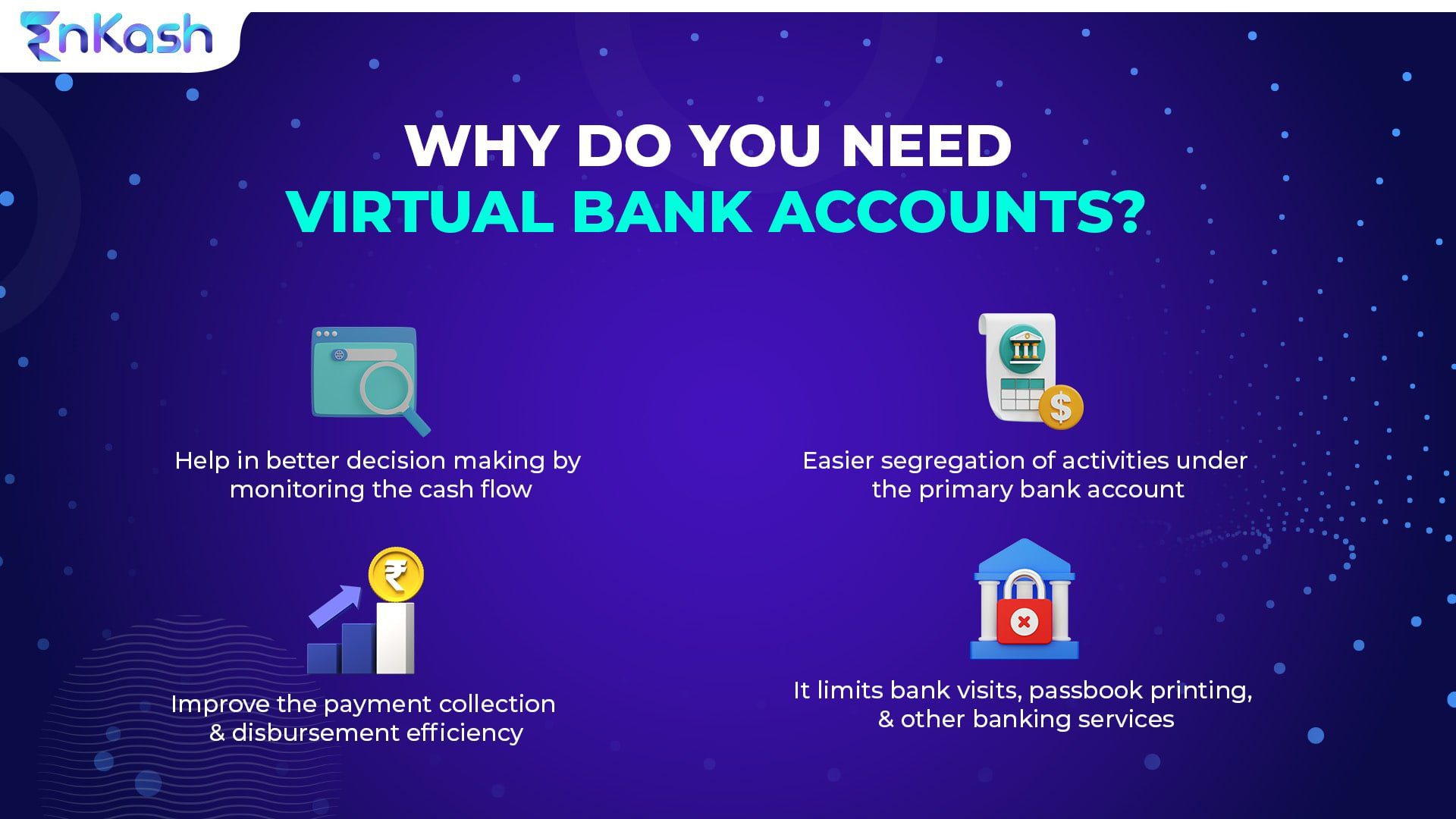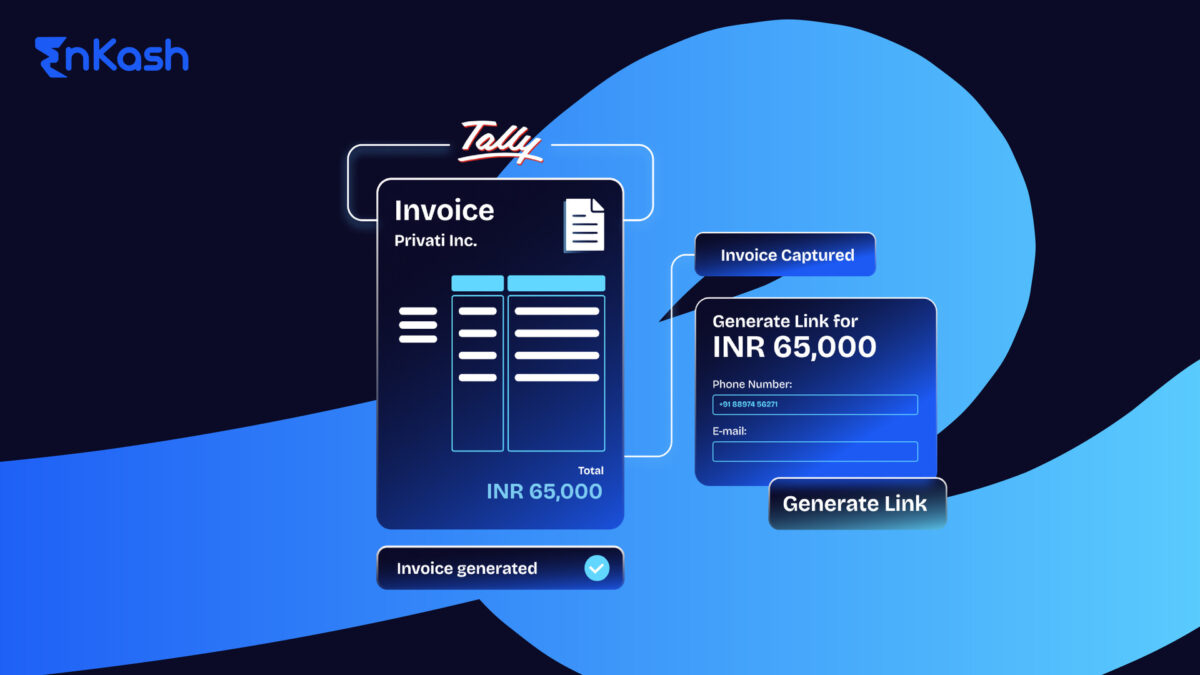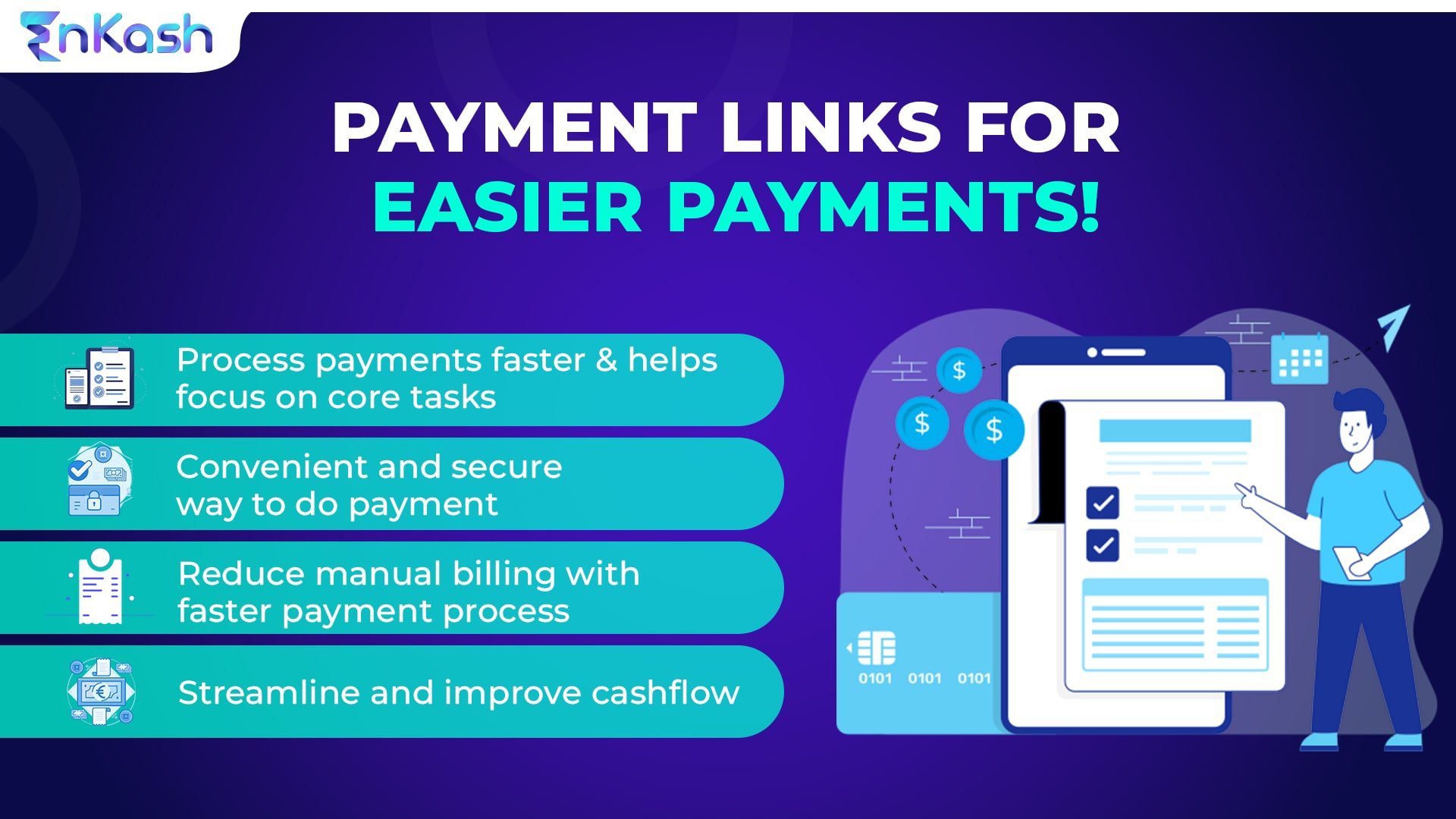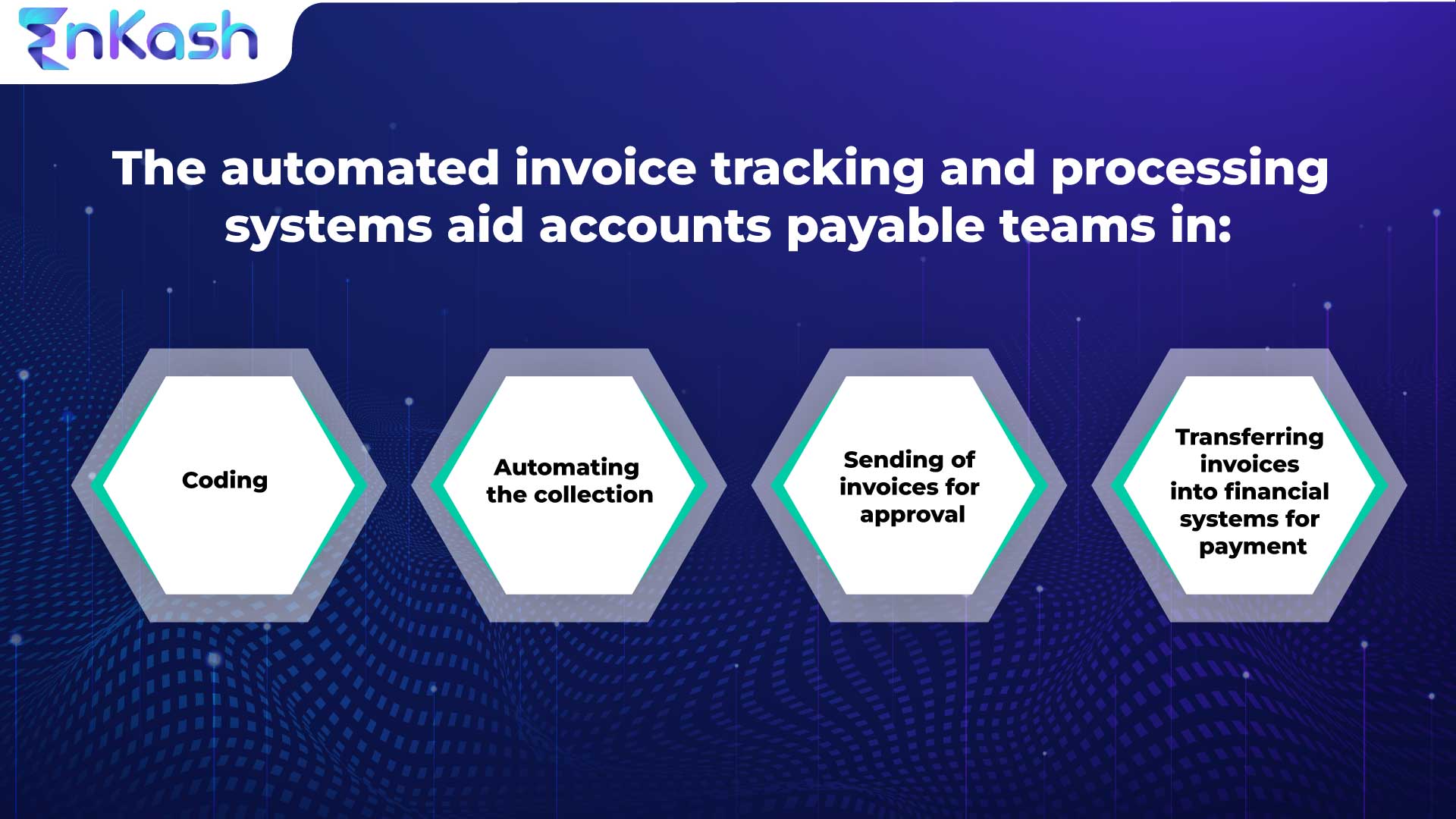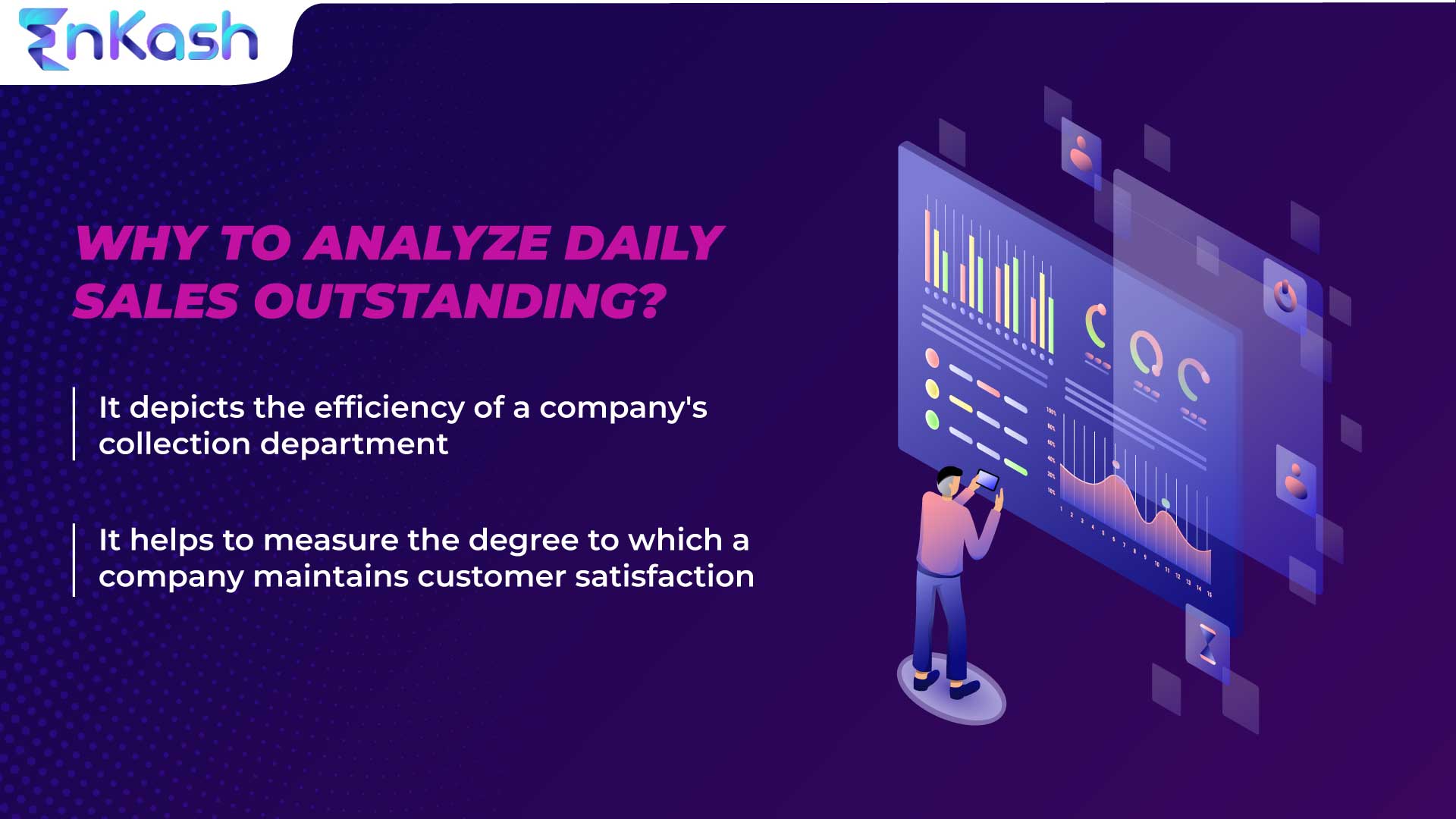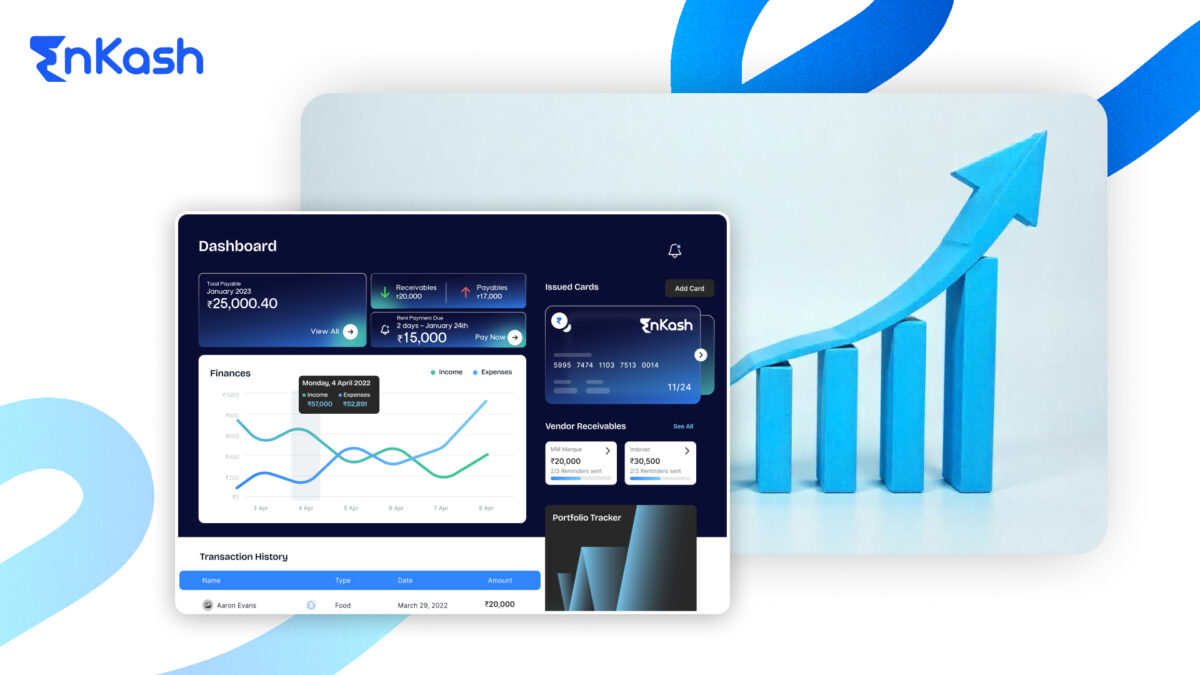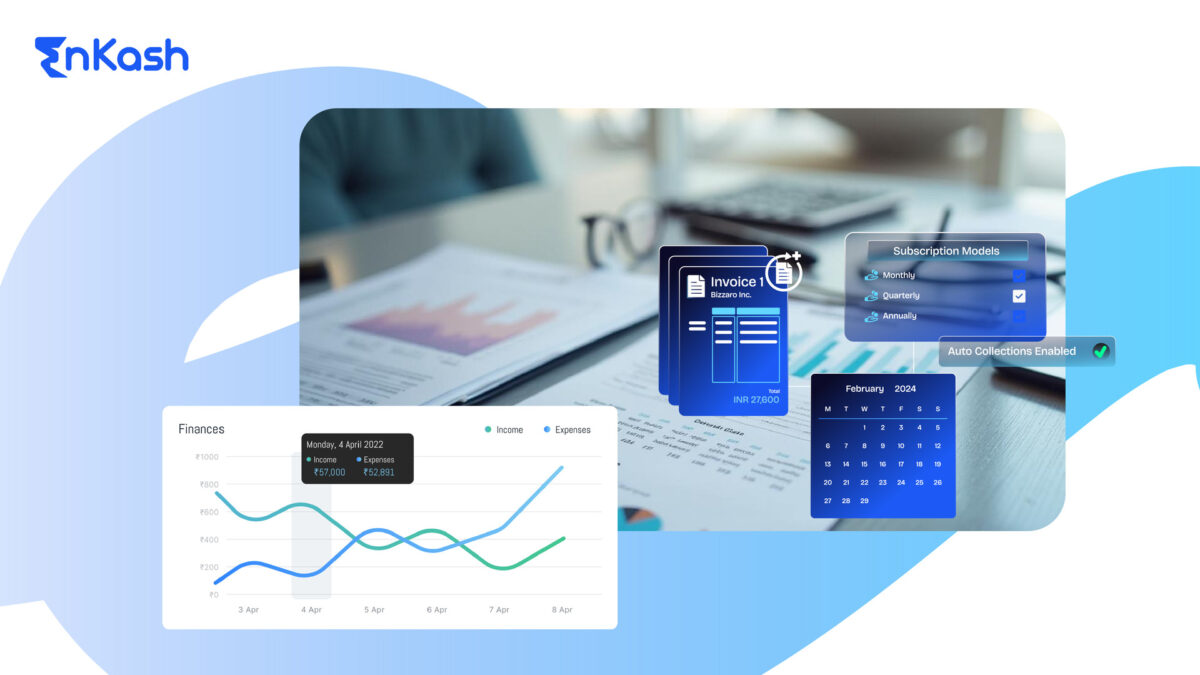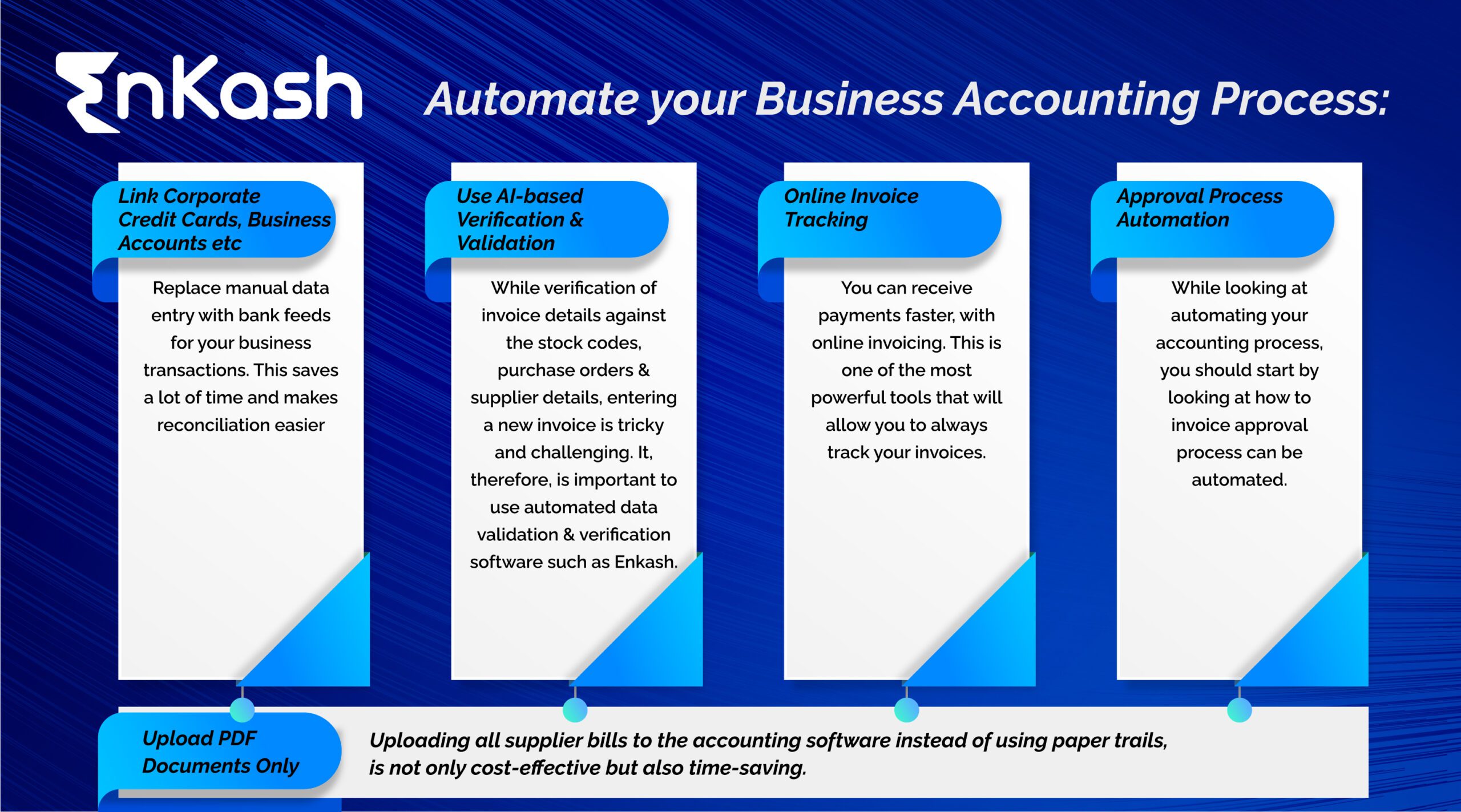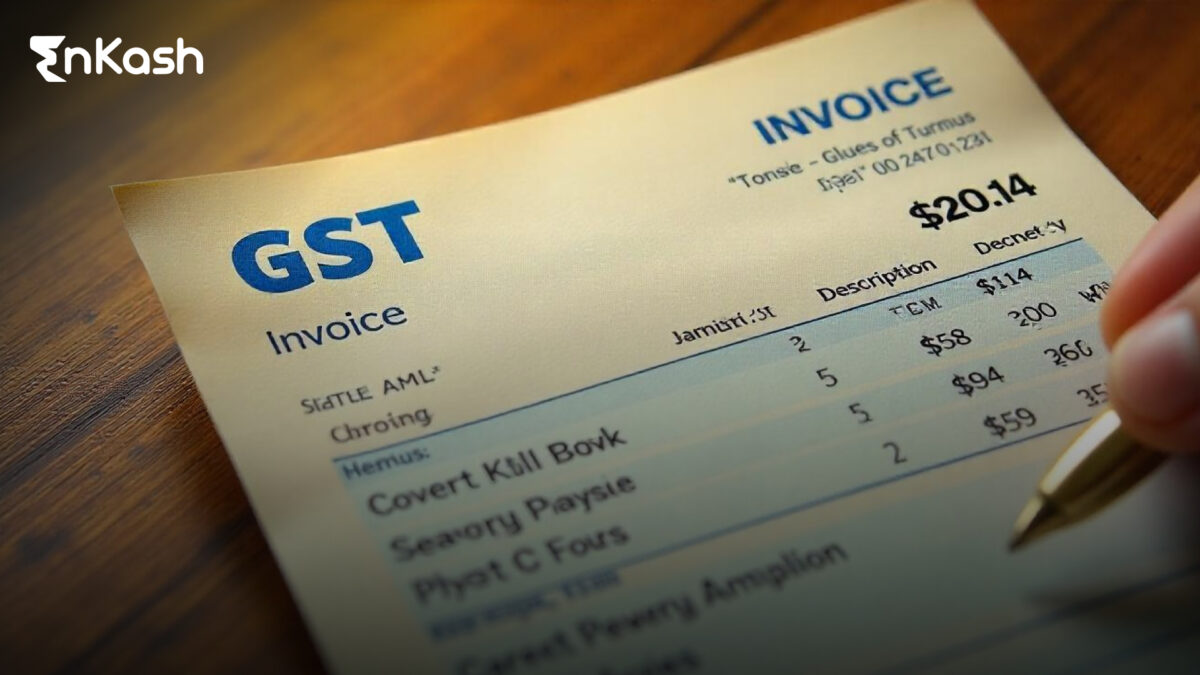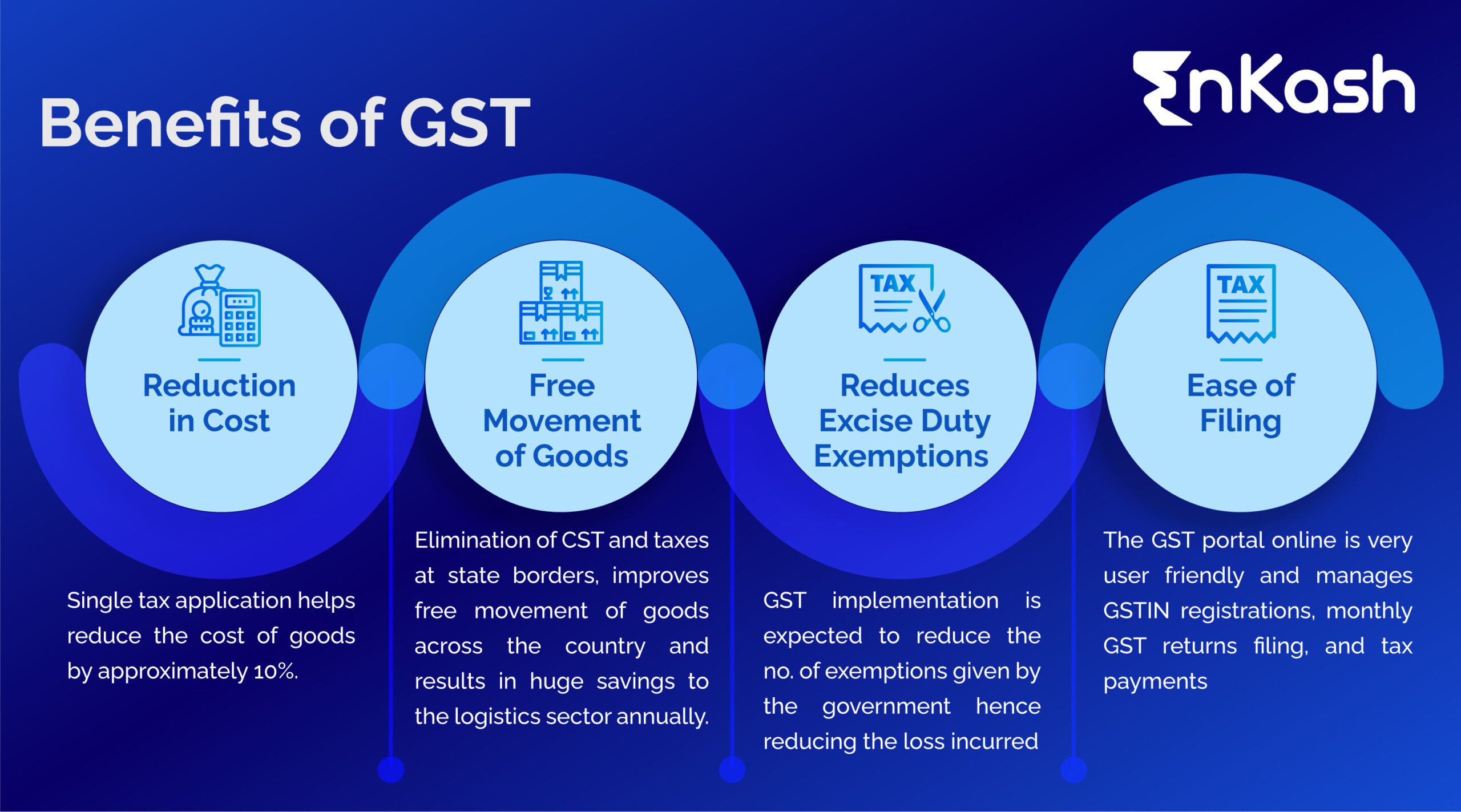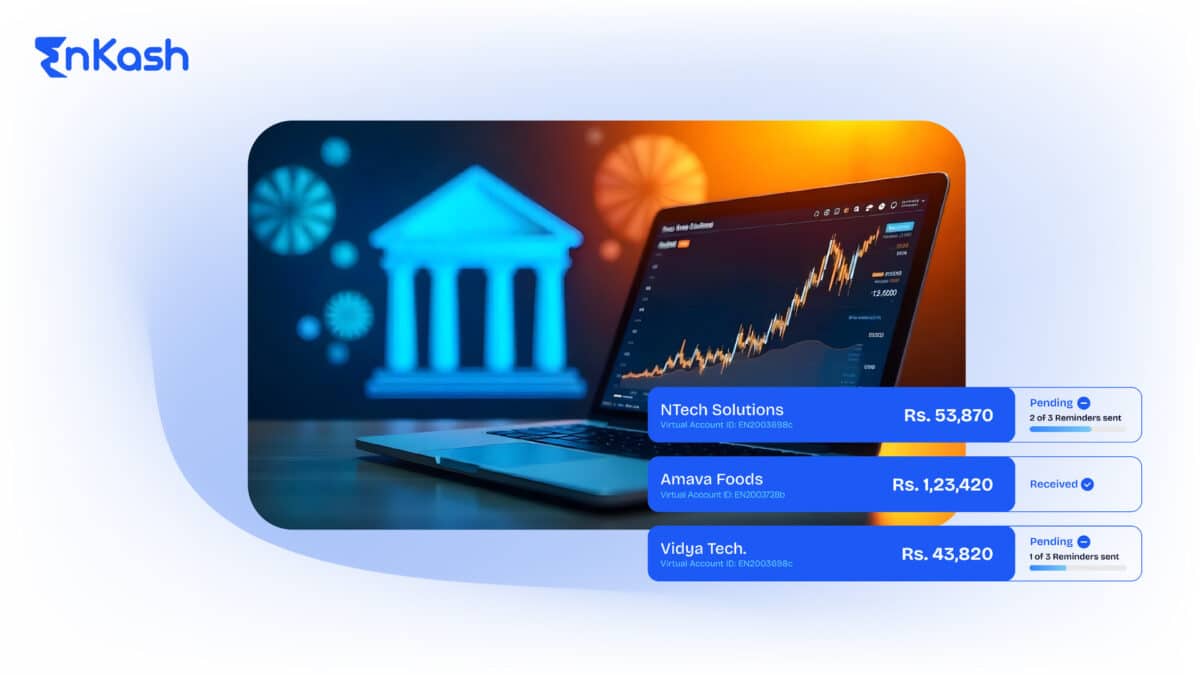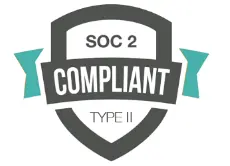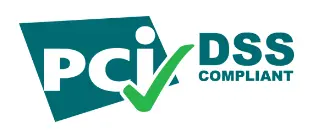Automated Clearing House or ACH debit is one of the types of ACH transfers that pulls money directly from the bank account. ACH debit is used for recurring payments including bill payments.
The clearing system enables bank-to-bank electronic fund transfers to all banks and financial institutions in the country.
The ACH system efficiently processes a huge volume of transactions making it convenient for individuals and businesses to manage their finances.
What is ACH Transfer?
ACH Transfer is an electronic network for financial transactions managed by the National Automated Clearing House Association (NACHA) in the United States.
ACH Transfer enables direct money transfer and eliminates all kinds of paperwork including payment slips, and cheques. A reliable and efficient mode of money transfer, it is considered to be one of the safest payment systems.
The ACH network connects banks, financial institutions, and financial hubs, allowing various types of business payments like payroll, customer bills, and tax payments.
Types of ACH Transfers
There are two main types of ACH Transfers:
- ACH debit transfers: In this scenario, the payee initiates the transfer, withdrawing funds from your account on a pre-authorized schedule. This is commonly used for recurring payments like subscriptions, bills, and loan repayments.
- ACH credit transfers: Here, the payer initiates the transfer, electronically depositing funds into another account. This is often used for payroll deposits, refunds, and dividend payments.
What is ACH debit?
ACH debit is a payment mode where the payer allows the payee to take payment from their bank account for recurring transactions. The process for ACH debit differs from other payment methods.
Whenever a business or individual initiates an ACH debit transaction, the payee needs to get authorization from the account holder first to take funds from their account.
This authorization can be done via a signed contract. After authorization, the payment is processed from the payer’s account and is received by the payee. This payment processing involves necessary checks and also ensures that the transaction is secure.
What are the common types of ACH debit?
ACH debit transactions come in various forms, each serving different purposes. Understanding these types can help users navigate their financial transactions more effectively:
- Recurring Payments: These are regular payments scheduled to occur at specific intervals, such as monthly subscriptions or utility bills
- ARC (Accounts Receivable Entry): This type of ACH debit is commonly used for converting checks received in the mail into electronic payments, facilitating faster processing
- POS (Point-of-Sale Entry): ACH debits at point-of-sale terminals enabling customers to make purchases directly from their bank accounts, just like debit card transactions
- MTE (Machine Transfer Entry): MTE transactions typically involve automated payments made at kiosks or automated machines, such as parking meters or public transportation fare machines
- WE (Web-Initiated Entry): These payments are initiated online or made through a company’s website or online banking portal
Where is ACH debit used?
Some of the most common usages of ACH debit are for insurance payments, loans, mortgages, PF transfers, pension deposits, etc.
The funds are transferred directly from your bank account to the receiver’s account. The money travels electronically through the safe network of ACH.
Who uses ACH debit?
ACH debit is used by businesses and individuals. The ACH network enables payment services for a broad spectrum of users on their reliability and cost-effectiveness.
Businesses using ACH debit
From big organizations to small and medium-sized businesses, ACH debit is used to collect payments for recurring transactions.
Small and Medium-sized Enterprises (SMEs)
Many small and medium-sized enterprises use ACH debit to pay their suppliers and employees’ salaries. This is majorly because of the low cost per transaction and the ease of making recurring payments.
Large Scale Businesses
Businesses large in size use ACH debit to collect bulk payments from their customers. ACH debit manages businesses’ cash flow, automates recurring collections, and enhances system efficiency.
NGOs
Not-for-profit organizations use ACH debit to collect membership fees and donations. The efficiency offered by ACH debit helps in donor retention and convenience.
Government Organizations
The government uses ACH debit to collect taxes from their people. The large-scale capability and high security make it ideal for the public sector for financial activities.
Healthcare Institutions
Healthcare institutions deal with multiple payments in a day like patient fees, insurance claims, and vendor payments. All this is facilitated by ACH debit as it brings efficiency to the system and enables easy tracking of payments.
Individuals using ACH debit
Salaried Employees
Employees receive their salaries via ACH debit as it is a recurring payment for businesses.
Freelancers
Individuals working as freelancers use ACH debit to pay their invoices and collect payments without any hassle.
Online Shoppers
Customers while making an online purchase can opt for ACH debit to pay directly from their bank account giving them more control over spending.
Homeowners & Renters
Individuals who need to pay monthly rent set up ACH debit to not miss any due payments.
Investors
Individuals use ACH debit to transfer funds to brokerage accounts without incurring high transfer fees.
ACH VS ECS
Introduced by the Reserve Bank of India (RBI), the Electronic Clearing Service, or ECS is the Indian alternative to ACH. ECS is an electronic mode for online payments like insurance premiums and loan installments.
Similar to ACH, ECS also enables bank-to-bank transfers in bulk. Businesses dealing with bulk payments can use ECS to make payments for salaries, pensions, interests, and dividends.
Transactions processed under the National Automated Clearing House (NACH) and operated by the National Payments Corporation of India (NPCI) are managed by ECS.
What is an ACH debit return?
In simpler banking terms an ACH debit payment return is exactly like a bounced cheque. The ACH debit return occurs in case the system encounters an error. Multiple errors could lead to ACH return but the most significant error is insufficient funds in the payer’s account that could not meet the payee’s requested amount.
The payee (receiver) on account of issues can reject the payment request by sending the originator an ACH return by stating the 3-digit error code with the reason for rejection of the payment request.
The process of ACH debit return between the ODFI and the RDFI is controlled completely by the ACH networking system.
In most cases, the ACH return can be caused due to simple reasons like the misspelled name of the account holder. In such minor cases, there is nothing to worry about.
However, there are cases of unauthorized collection of payments that need reporting and are considered serious offenses.
A return is triggered when the ACH transaction is not completed. The parties involved in the ACH debit return process are the Originating Depository Financial Institution (ODFI) and the Receiving Depository Financial Institution (RDFI).
ODFI sent the ACH request to RDFI. If the request is rejected, an ACH return with a reason code is sent to the receiver.
What is ACH debit return charge?
The return initiated by RDFI incurs ACH debit return charges. It is demanded by the bank or service provider whenever there is an ACH return. The ACH return charges may vary depending upon the initial payment requested. Therefore, it is better to know exactly what the ACH debit return charge is.
How to stop ACH debit return charges?
The business or individual concerned can initiate a stop payment order to the sender bank. The authorization can be revoked by the bank upon intimation by the individual. This has to be done before payment from the bank is released.
What is ACH debit mandate?
An ACH debit mandate is a process that is set up to make recurring payments to a specific government body, financial institution, or any service provider that works on a subscription basis. In the ACH debit mandate, you register yourself as a consumer by providing your bank details and authorization to collect payments to the receiver or payee. Once you are ACH debit mandate registered, the payments get auto-debited to the billing company from your bank account on the fixed date of settlement.
What are the charges for the ACH mandate?
While ACH payments are generally considered cost-effective, some institutions may charge fees associated with ACH mandates. These fees can vary depending on the:
- Financial institution: Different banks and service providers may have their fee structures for ACH mandates
- Type of transaction: Fees may differ for debiting individual accounts compared to business accounts
- Frequency of transactions: Some institutions might charge extra for more frequent debits
It’s crucial to check with your bank or service provider to understand any potential ACH mandate charges before setting up recurring payments.
Automate Business Recurring Payments
What are ACH charges?
Similar to ACH mandate charges, general ACH transfer fees can vary depending on many factors. While ACH transfers are generally cost-effective compared to traditional payment methods, there may still be associated charges depending on the entities involved and the specific transaction details. These charges may include transaction fees, monthly service fees, and incidental charges for additional services. Understanding the fee structure associated with ACH transactions can help optimize cost efficiency and budgeting for businesses and individuals alike.
Difference between ACH transfer and Wire transfer
Both ACH transfers and wire transfers are electronic methods for transferring funds. However, they differ in key aspects:
- Speed: ACH transfers typically take 2-3 business days to settle, while wire transfers are much faster, often clearing within the same business day
- Cost: ACH transfers are generally more cost-effective than wire transfers. Wire transfers often incur significant fees, making them less suitable for frequent or low-value transactions
- Urgency: If speed is crucial, a wire transfer might be preferable, despite the higher cost. However, for non-urgent transactions, ACH transfers offer a cost-effective alternative
ACH debit Use Cases for Businesses
Businesses can leverage ACH debit transactions in various ways to streamline their financial operations:
Payroll Processing
Employers can use ACH debits to efficiently distribute employee salaries, reducing the need for paper checks and manual processing.
Supplier Payments
ACH debits enable businesses to pay suppliers and vendors electronically, improving cash flow management and reducing processing costs.
Subscription Billing
Companies offering subscription-based services can utilize ACH debits for recurring billing, ensuring timely payments from customers.
Loan Repayments
Financial institutions can collect loan payments through ACH debits, automating the process and reducing the risk of late or missed payments.
Benefits of ACH debit for businesses
Utilizing ACH debits offers the following benefits to businesses:
Cost Savings
ACH debits are generally more cost-effective than traditional payment methods, such as paper checks or wire transfers, helping businesses save on transaction fees and processing costs.
Efficiency
ACH debits streamline payment processes, reducing the time and resources required for manual payment handling and reconciliation.
Predictability
With scheduled ACH debits, businesses can better forecast cash flow and plan financial activities, improving overall financial management.
Security
ACH transactions are highly secure, with built-in encryption and authentication measures to protect sensitive financial information.
Advantages and Disadvantages of ACH debit
The ACH payment method is one of the finest for recurring payments. However, it comes with its own set of advantages and disadvantages.
Advantages of ACH transactions
Convenience via Automation
ACH debit automates recurring payments making it convenient for businesses to collect payments from their customers.
Accuracy
ACH transactions can eliminate human error as automation is at its core. This establishes accuracy in the system.
Security
ACH payments are high on security when compared to card payments. These payments pass through clearinghouses which have strict regulations.
Disadvantages of ACH transactions
Processing Time
ACH payments do not happen instantly. They take place in batches at defined intervals. It takes three days to process ACH payments.
Transfer Limitations
ACH payments can have limits defined by banks. Businesses need to check whether their ACH network processes large amounts of money or not.
Frauds
Businesses and individuals using ACH must be aware of the potential fraud as the automated payment system can be tampered with by using false information.
Minimum Balance
It becomes important for businesses to maintain balance in their bank accounts to proceed with ACH payments as a lack of funds in the account calls for ACH debit return charges leading to more costs.
How does ACH debit work?
ACH debit transactions are an electronic transfer of funds from one bank account to another through a secured ACH network without the use of any paperwork or documents. In this transaction, the payee initiates the request to receive payment for an already agreed-upon service.
Here is a simple framework to explain how the process works:
- The payee initiates the payment request via their bank (originator) also known as Originating Depository Financial Institution (ODFI) by providing the account of the payer. The details include the payer’s name, the requested amount, the categorization code, and the agreed date of settlement.
- The bank then sends the payment request to the ACH network for processing and collection of funds to the payee’s bank (receiver) also known as Receiving Depository Financial Institution (RDFI).
- The ACH network receives a ton of payment request messages daily, thus it takes 2-3 business days to batch the payment request that is expected from different financial institutions. After batching the messages, the ACH network sends the request to the institutions to collect payments.
- The payer’s bank then sends the requested amount electronically to the ACH network which further transfers it to the payee’s account after charging a minimum commission amount.
- In case of an error, the payer’s bank/financial institute issues an ACH debit return with the error code to rectify any discrepancy.
Conclusion
ACH debit is a game changer for businesses to receive automatic payments via a reliable and secure method. Businesses can transform their payment experience by having an edge over their competitors and enhancing their customer experience and satisfaction.
Frequently Asked Questions
What is an Electronic Clearing Service (ECS)?
An electronic payment mode valid in India, ECS is used by businesses for bulk payments and collections. ECS involves bank-to-bank payment transfers with complete security. Businesses use ECS to pay interest, salary, and pension and collect loan installments, loan premiums, etc.
What are the types of ECS?
Similar to ACH, ECS also has two types: ECS debit and ECS credit.
ECS credit allows payment of dividends, interest, salary, pension, etc. while ECS debit is used to make payments for water bills, tax collections, and loan installments.
What is the limit on the value of individual transactions in ECS debit?
There is no limit to the amount of individual transactions done via ECS debit.
What is the ACH debit return charge?
It is a fee charged when an ACH debit transaction fails due to insufficient fees or wrong details. Banks and service providers charge ACH debit return fees in such a scenario.
What to do to stop ACH debit?
The concerned individual can direct their bank to stop the payments to the sender bank to stop ACH debit.
What is the difference between ACH and ECS?
Both ACH and ECS are electronic methods of payment for recurring transactions. However, ACH is operated by the National Automated Clearing House Association (NACHA) in the United States. ECS on the other hand was introduced by the Reserve Bank of India (RBI) in India.
